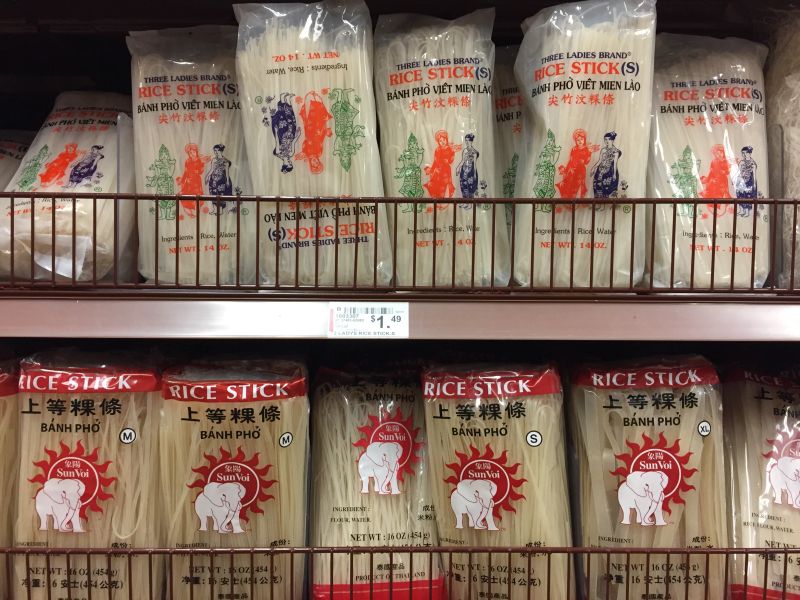
There are many kinds of rice noodles used in Asian cooking. Like Italian pasta, the shape and size of Asian rice noodles determine how they're used. For pho noodle soup and other pho noodle dishes, you want banh pho -- flat rice noodles. The round bun rice vermicelli noodles are used for other dishes, including rice noodle bowls and rice paper salad rolls (goi cuon, sometimes called fresh spring rolls). and super fine banh hoi are employed to eat with grilled or roasted meats.
Flat rice noodles are sold in different widths to match cooking applications; they are used in Vietnamese, Thai, and Chinese cuisines and thus marketed for popular dishes like Vietnamese pho, pad Thai, and Cantonese chow fun. Like clothing sizes, there is no standard for the sizing rice noodles, but for your purposes, organize them into two categories:
- Narrow rice noodles (linguine or fettuccine size) are perfect for pho noodle soup.
- Wide rice noodles (think pappardelle) work best for the stir-fried, panfried, and deep-fried noodles.
Pho noodles are available fresh and dried. In Vietnam, fresh noodles are relatively easy to obtain, but people use dried ones, too. Abroad, the situation is reversed: most cooks prepare dried noodles and occasionally get fresh ones. Don’t worry, because the dried ones have a terrific chewiness that’s practically as good as fresh.
Below is the photo we made for The Pho Cookbook. You'll see in the book that the image is labeled, but without labeling and detailed explanations, it can be challenging to figure out how to find and buy pho rice noodles. What's with the dried vs. fresh noodles and the seemingly odd sizing?
There is a difference in how dried and fresh noodles are used in recipes and you should follow what the recipe suggestions. With regards to The Pho Cookbook, check the instructions in each recipe and also in the “Pho Manual” chapter.
Here’s a summary of your noodle options:
DRIED RICE NOODLES are easy to find and to store for later use. They’re practically as good as fresh ones. In Vietnam, dried noodles are often sold at supermarkets. Fresh noodles are sold at open air “wet markets.”
Availability: Find dried banh pho rice noodles at supermarkets and natural foods markets in the Asian or international food section, Chinese and Vietnamese markets in the dried noodle aisle, and Cost Plus World Market in the Asian food section. Of course, you can buy them online but the price of convenience can be high. At Asian markets, the dried noodles are roughly $1.50 per package.
Packaging: Look for boxes or plastic packages of rice sticks, pad Thai noodles, bánh phở, or Chantaboon (a Thai city renowned for rice noodles).
Sizes: Narrow noodles are labeled “S” (linguine) and “M” (fettuccine). Wide noodles are marked “L” or “XL” (pappardelle). Like clothing, there are no set industry standards for the noodle sizing on the package labeling.
Reliable brands: Seek out Annie Chun's, Three Ladies, Caravelle, and Bangkok Elephant. If possible, try different brands and pick a favorite. Some are thin and delicate, while others are thick and chewy.
Selection tips: Choose packages with the least number of broken noodles. Most rice noodles are made from white rice. Brown rice noodles are good; purple and red rice noodles are striking but cook up soft. I avoid noodles labeled as “stir-fry” noodles because they’re on the thick side; in a pinch, boil them before using them for pho noodle soup.
Storage: Store in the cupboard and use them within a year of purchase. As with dried pasta, keep partially opened packages in a zipper plastic bag (so they remain neat) or transfer to a tall storage container.
FRESH RICE NOODLES offer an extra-authentic, tender-chewy treat, but they are more difficult to source and don’t last long.
Availability: Locate these noodles at Chinese and Vietnamese markets in the refrigerated sections, near egg noodles and dumpling wrappers.
Packaging: Vacuum-packed bánh phở tươi (fresh pho noodles, fresh rice stick noodles) are located in the chiller case (below). Nearby and unrefrigerated may be a display of superfresh, soft rice noodles; they’re unchilled to preserve their just-made texture (see above). They may be labeled bánh phở, pad Thai noodles, or chow fun.
Sizes: Chilled vacuum-packed rice noodles are usually small (linguine); they're sold for about $1.50 each. Unchilled bánh phở or pad Thai noodles are usually medium (fettuccine). And chow fun are large (pappardelle). Fresh noodles are typically $2.50 per package.
Reliable brands: Pick a market that you trust. It should sell the best brand(s) to its customers.
Selection tips: Vacuum-packed noodles should have a sealed, tight appearance. Superfresh noodles should be soft (poke with your finger to test). Some superfresh noodles sold on Styrofoam is made with wheat starch which is used to firm up the noodle; there may be small amounts of wheat gluten in the starch, which may cause problems for people diagnosed with celiac.
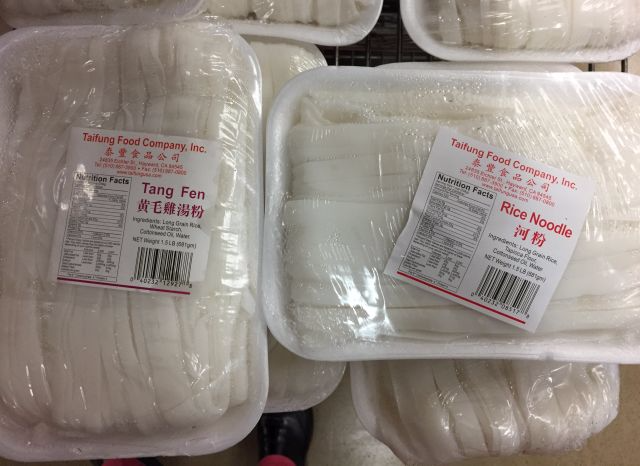
Storage: Vacuum-packed noodles keep well in the fridge for about 10 days; once opened, use the noodles within 3 days. Superfresh noodles are best used the day of purchase but will keep refrigerated for 5 days.
What do I buy most? I stock up on dried noodles and when the fresh ones are really fresh (remember the poke test), I buy them and use them as fast as possible.
Related posts













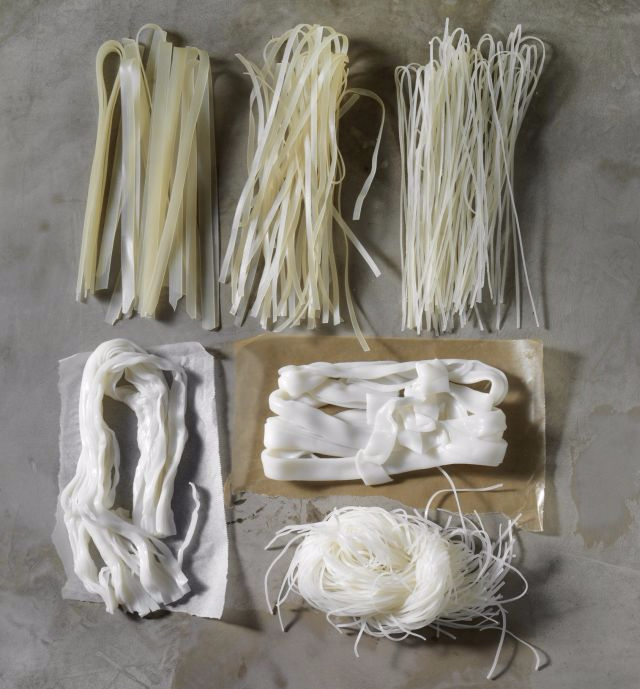
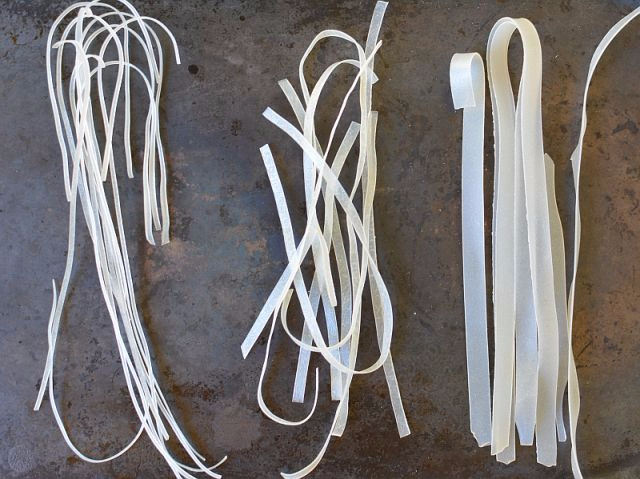
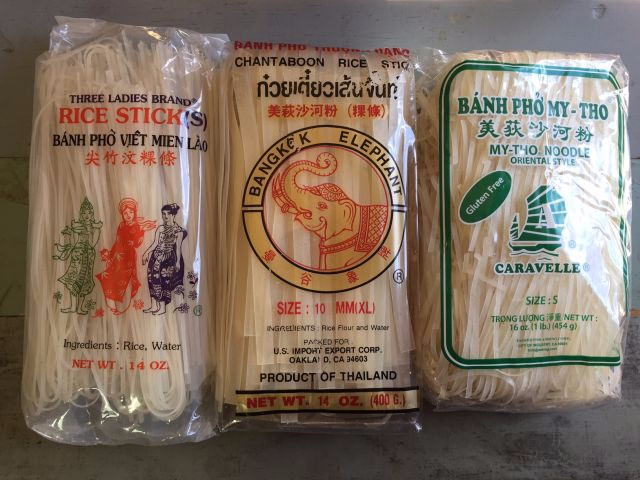
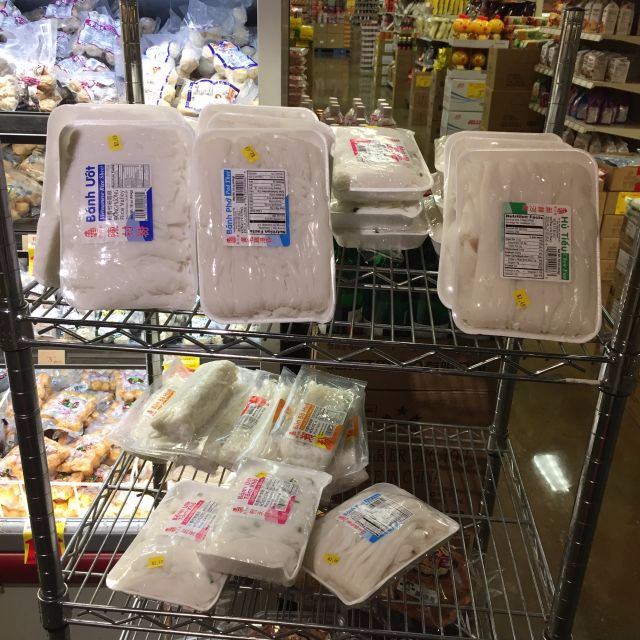
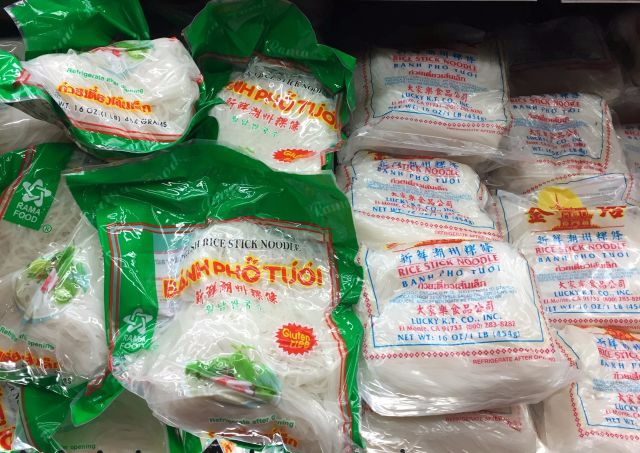


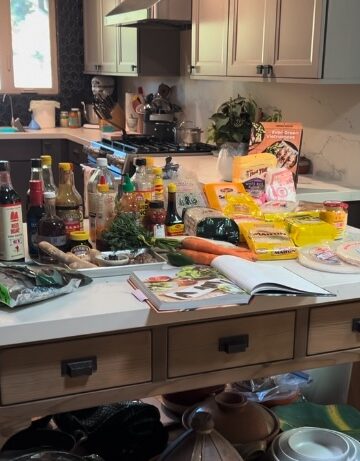
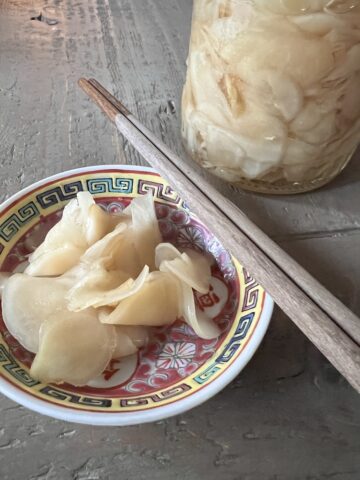
Bruce says
Thanks. I’m looking to buy rice noodles online. Amazon amd eBay are too expensive. Do you know of any online stores that sell rice noodles from Vietnam or Thailand NOT China? Thank you.
Andrea Nguyen says
Hi Bruce, online retailers are charging a lot for shipping -- it's the convenience of having something delivered to your doorstep. If you have a Cost Plus World Market, the rice noodles are carried there. This is a decent deal at Amazon (he medium-width ones are good for pho and Pad Thai):
3 Ladies is a good brand: http://amzn.to/2CUjzBr
This is cheaper but I've never tried this brand: http://amzn.to/2Fck0Jf
Or, how about this site: https://importfood.com/products/thai-noodles-rice/item/thai-chantaboon-rice-stick-noodles
Hope I'm of help! Thanks for asking.
Karan says
Hi Andrea,
Do you have any idea how long those refrigerated vacuum-packed Ban Pho Tuoi last? The ones with preservatives, and not fresh? I have had a few packets in my fridge for about a month and wondering if they are still good. It's the same brand in the pictures above, but there's never any expiration date. Thanks!
Andrea Nguyen says
Hi Karan,
It think those noodles last a very long time. After a month, I think they're still good. So long as they're not moldy or smell sour or off, they're still good. I think a package in my fridge got tired after 2 months. It was an experiment. Thanks for asking!
Angelina says
Hi Andrea, I go to my Asian/international market and purchase the specifically gluten free noodles. But sometimes they are flecked with blue and white spots, despite being vacuum packed. Is this mold? Can this mold just be cut off (like how you cut mold off cheese)?
Andrea Nguyen says
Whoa, that does not sound good. It is mold and I have never seen it in noodles. That's no bueno because it means they've spoiled. Are there other places where you may shop? Or, use dried noodles?
Angelina says
That is the largest market in my area, so it should move the most product. I had bought the noodles on Tuesday and when I checked them yesterday they had spots! The issue that I have found with many dried noodles is that they contain wheat products, which I'm no longer able to consume. Probably a dumb question, should I throw the noodles out?
Andrea Nguyen says
Yes you should throw them out. The market is not selling a high turnaround. Buy dry rice noodles. They usually have some starch mixed in but no wheat.
Keiko says
Hello! Is it ok to freeze vacuum sealed noodles? Cannot find expiration/use by date on package.
Thank you
Andrea Nguyen says
You can but the strands break. That has been my experience. Try it and see if you're okay with it.